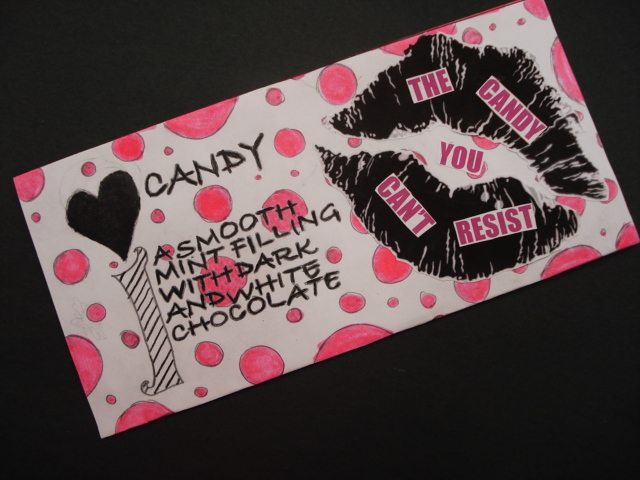When I was in university studying to become an Art Teacher, I remember one of our profs telling us that it was really important to stay up-to-date with what was 'cool' with students (this was a class for secondary trained teachers) so we would be able to know what they were into or at least know what they were talking about. It would also help us plan lessons that would be relevant and interesting to them. He even went so far as to suggest we buy a 'teen magazine' once in a while to see who was hip and happening. Um, well, I just watch "Entertainment Tonight" for that that! Anyway, I feel it was good advice, but I'm sure not going to design any Justin Bieber lessons any time soon! (sorry Grade 7 girls!)
Thankfully (?) I'm a huge fan of fantasy/adventure-type films that many teens are into as well. I think with movies, though, there's no real age limit. So - nerd alert- I'm a HUGE
X-Men fan- have seen and loved all the movies (don't go as far as reading the comics, though). When I taught in France, the new X-Men Origins film had just come out. The movie theatre near my house had a small 11 x 17 inch movie poster for the film on display. My friend knew the owner of the theatre and kindly phoned him and, well, used the 'I'm a teacher' card (works every time) and asked if I could have the poster for 'my classroom' (aka- house).
The owner said sure, just come by and pick it up at the front desk in a week.
So I was really happy to say the least.
Well, what was waiting for me turned out to be this
ginormous sized poster (well, in French it's referred to as "grande affice"). It's the size they use for posters in the train stations and bus kiosks: 4 x 6 foot. French love for all things art is an understatement, hence no surprise that this movie poster size is the largest in the world. So now I have this tres grande poster that I can't frame because it would be too expensive,
so it's just been sitting in my closest. Shame.
 |
| my grande poster on my grande couch for size comparisons |
ANYWAY, back to the art lesson... This was a project a Grade 9 class worked on during the last week of school last year. You know the last week is always full of kids either catching up on work, or slacking off or super hyper. I decided to show a movie (yes, I'm one of those teachers! lol) during the second last class and brought in my X-Men dvd. During the movie, a couple of the students said, "Hey, we should design our own mutant." I thought that was a brilliant idea, and together we planned out the lesson.
Because we only had one 90 minute class to work on this, not many managed to finish it unfortunately.
But it was easy enough for them to take home and finish.
The objective was to design a mutant superhero: they had to think of and write down their mutant's powers, their costume, their 'real name' and 'mutant name', personality and maybe a bit of their back-story (where they are from, how their powers manifested, etc). For example,
Wolverine has animal like senses, healing powers, retracting claws and enhanced physical capabilities. He is brutish, tough, a capable leader, skilled in all martial arts, very knowledgeable (fluent in over 8 languages) and he's Canadian- from British Columbia just like me! He is basically awesome ;)
ANYWAY.... students started off by looking through a bunch of manga-type drawing books I have in the bookshelf. Kids use these when they finish a project early and can practice drawing in their sketchbook. There's lots of figure drawing instructions which the kids find helpful. I have to admit that teaching figure drawing is not my strong point. An area I need to work on for sure.
Draw out the basic body structure....
Add form to it....
And then erase your guidelines and finish it off nicely.
Students could use any media they wanted for the final copy: coloured pencils, markers, pen, etc.
I can't wait to try this project again when there's actually more time.
 |
| "Aqua Girl" - controls water |
 |
"Gravity" aka- Allyson McKay. She uses the force of gravity to disable her attackers.
I love how this student used the pen and ink cross-hatching technique that the class learned earlier
with the "Southwestern Desert Landscapes" project. |



















































